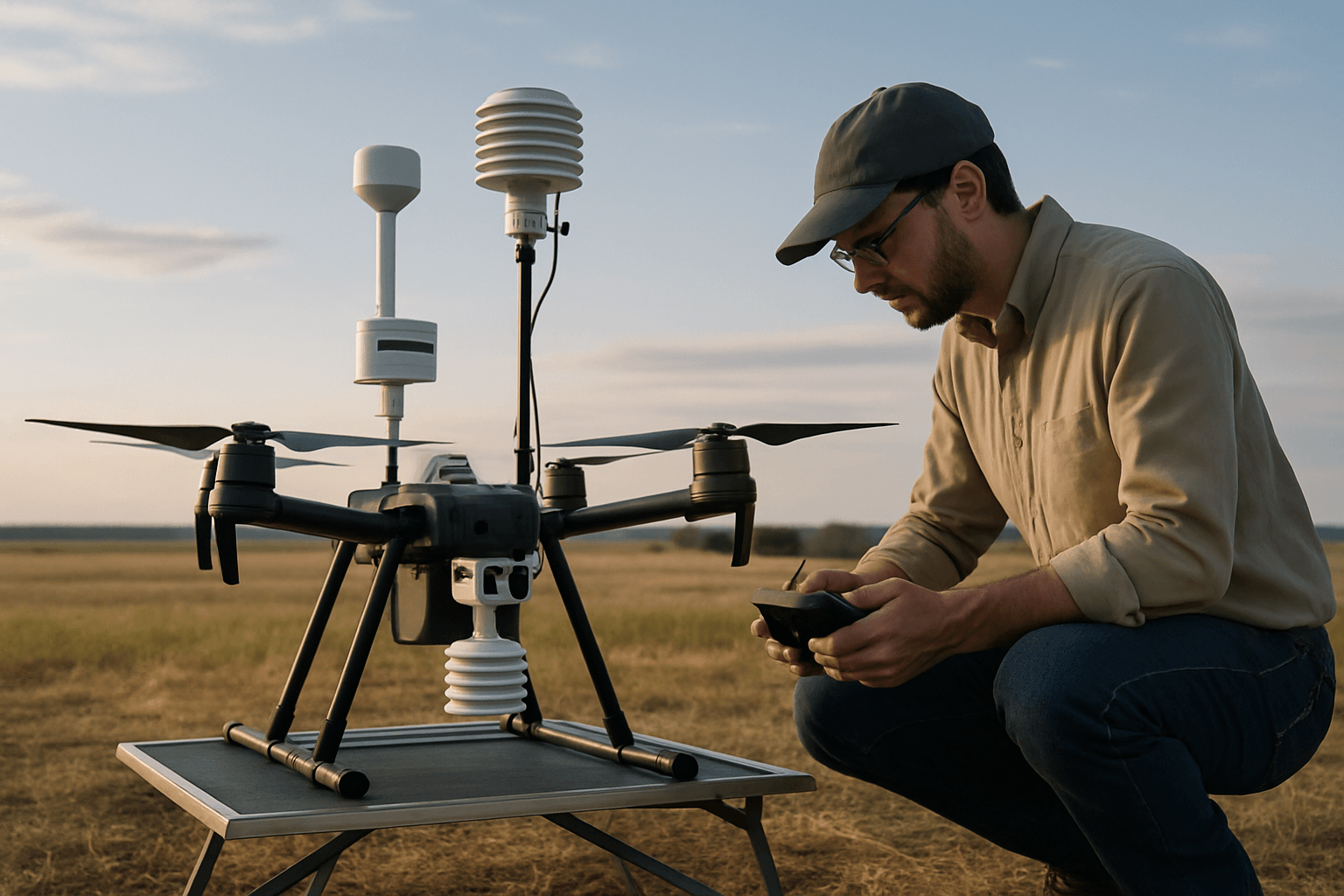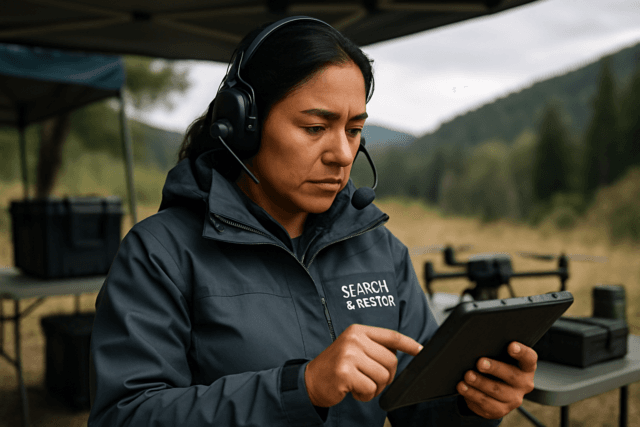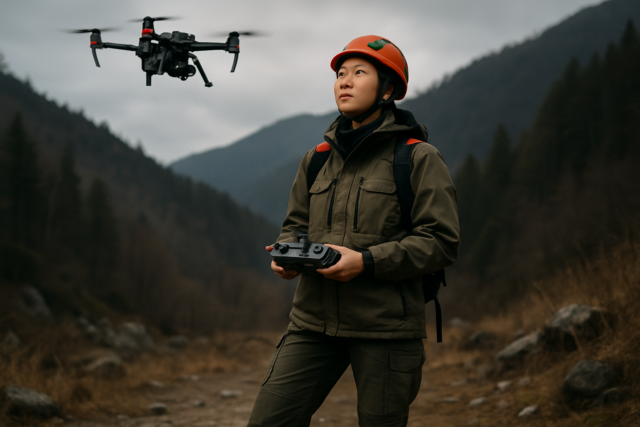The Earth’s atmosphere is a dynamic, electrically charged environment, from the fair-weather electric field that constantly bathes the planet to the awe-inspiring power of thunderstorms and lightning. Understanding these atmospheric electricity phenomena is crucial for improving weather forecasting, ensuring aviation safety, and even exploring novel energy solutions. Traditionally, scientists relied on methods like weather balloons, instrumented towers, and manned aircraft to gather data, but these approaches often faced significant limitations in terms of maneuverability, safety, and data resolution. The advent of unmanned aerial vehicles (UAVs), commonly known as drones, has ushered in a new era for atmospheric science, providing unprecedented capabilities for studying these high-voltage natural processes.
Advantages of Drones in Atmospheric Electricity Research
Drones offer a compelling alternative to conventional atmospheric measurement platforms due to several inherent advantages. Their flexibility and maneuverability allow researchers to precisely control flight paths, enabling targeted data collection in specific atmospheric layers or within hazardous storm environments that would be too risky for human-piloted aircraft. Unlike weather balloons, which are swept by winds and offer only a single, uncontrolled vertical profile, drones can loiter, ascend, descend, and traverse horizontally at varying altitudes, providing high-resolution, multi-dimensional data.
Furthermore, drones are often more cost-effective and sustainable than manned aircraft or single-use balloons, as they can be deployed repeatedly and require less logistical support. This reusability makes long-term monitoring and extensive field campaigns more feasible. Their ability to operate in close proximity to complex structures, urban environments, and challenging offshore conditions further enhances their utility for localized studies of atmospheric electrical interactions.
Key Applications in Atmospheric Electricity Studies
Drones are being deployed across a spectrum of atmospheric electricity research, yielding insights into phenomena ranging from fair-weather conditions to intense thunderstorms.
Fair-Weather Atmospheric Charge and Electric Fields
Even in clear skies, the atmosphere possesses a measurable electric field. Drones equipped with sensitive charge sensors and electric field mills are being used to study the vertical charge structure and how it varies with meteorological parameters and aerosol concentrations within the atmospheric boundary layer (ABL). These measurements provide valuable information about aerosol and turbulence characteristics, contributing to a better understanding of the global atmospheric electric circuit. Researchers have successfully conducted experiments to measure fair-weather atmospheric charge profiles up to altitudes of 2500 meters, demonstrating the suitability of small UAS for such delicate measurements.
Cloud Electrification and Aerosol Interactions
Charge plays a significant role in aerosol and cloud interactions, influencing droplet size, concentration, and ultimately precipitation processes. Drones are being instrumented to investigate how charge affects fog droplets and to determine if charging cloud droplets could aid rainfall in water-stressed regions. By flying with specially developed charge emitters, scientists can release positive or negative ions on demand and study their impact on cloud properties.
Thunderstorm and Lightning Research
The mechanisms of lightning initiation within thunderstorm clouds are still not fully understood, but drones are providing a safer and more detailed means to investigate these powerful events.
- Electric Field Measurements in Storms: Drones are equipped with electric potential sensors and data acquisition units to fly into storms and measure electric fields, providing critical data on storm electrification. This approach minimizes human risk, as the machinery is remotely controlled or flies on autopilot.
- Supercell and Tornado Studies: Major research initiatives, such as the Targeted Observation by Radars and UAS of Supercells (TORUS) project, utilize swarms of drones alongside radars and other instruments to study supercell thunderstorms, the parent storms of destructive tornadoes. By flying multiple drones simultaneously, scientists can gather data from different parts of a storm, aiming to improve conceptual models of supercells and enhance tornado forecasts. The development of storm-resistant drones, like the CopterSonde-3D, further enables direct flights into dangerous weather systems to collect real-time atmospheric data, improving the accuracy and warning times for severe weather events.
- Lightning Attraction and Diversion: Beyond just studying natural lightning, some cutting-edge research is exploring the use of lightning-resistant drones to intentionally attract and guide lightning strikes to safe locations on the ground via conductors. This technology aims to protect critical infrastructure and people from lightning damage and is even investigating methods to extract and store the energy from thunderclouds.
Technological Advancements and Instrumentation
The success of drones in atmospheric electricity research hinges on advancements in both drone technology and sensor design. Specialized “meteodrones” are equipped with an array of sensors to gather essential atmospheric data, including temperature, humidity, air pressure, and wind speed. For electrical measurements, instruments such as electric field mills and specialized charge sensors are integrated onto the drone platforms. These sensors are designed to minimize interference from the aircraft’s movement and electronics, ensuring accurate readings.
Autopilot software and advanced artificial intelligence (AI) algorithms are crucial for enabling autonomous flights and decision-making in rapidly changing storm conditions, allowing drones to navigate safely and effectively even when human remote control is challenging or impossible.
Challenges and Future Outlook
Despite the significant advancements, challenges remain. Regulatory hurdles and technical limitations, such as the ability of drones to withstand extreme winds, precipitation, and icing conditions within the heart of severe storms, need to be addressed. Developing new data analysis techniques to handle the vast amounts of information collected by drone swarms is also essential.
The future of drones in atmospheric electricity research is bright. Ongoing research focuses on developing more robust, autonomous, and intelligent drone systems capable of penetrating the most intense parts of storms. The integration of AI will allow drones to make real-time decisions about flight paths and sensor deployment, transforming them into “autonomous airborne scientists”. Beyond enhancing forecasting, the potential for drones to manage lightning, perhaps even harvesting its energy, represents a frontier of scientific and technological innovation. As drone technology continues to evolve, these unmanned systems will play an increasingly pivotal role in unraveling the mysteries of atmospheric electricity and in protecting communities from its powerful forces.





